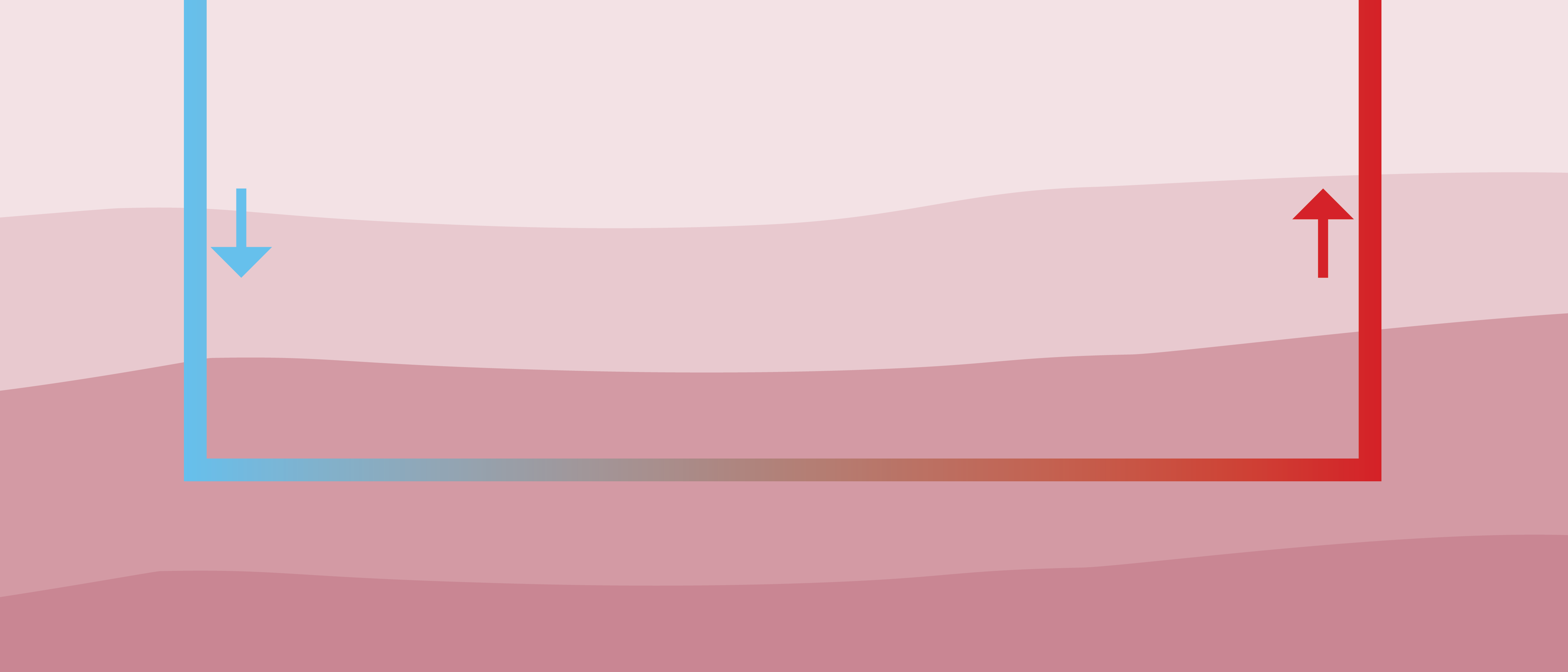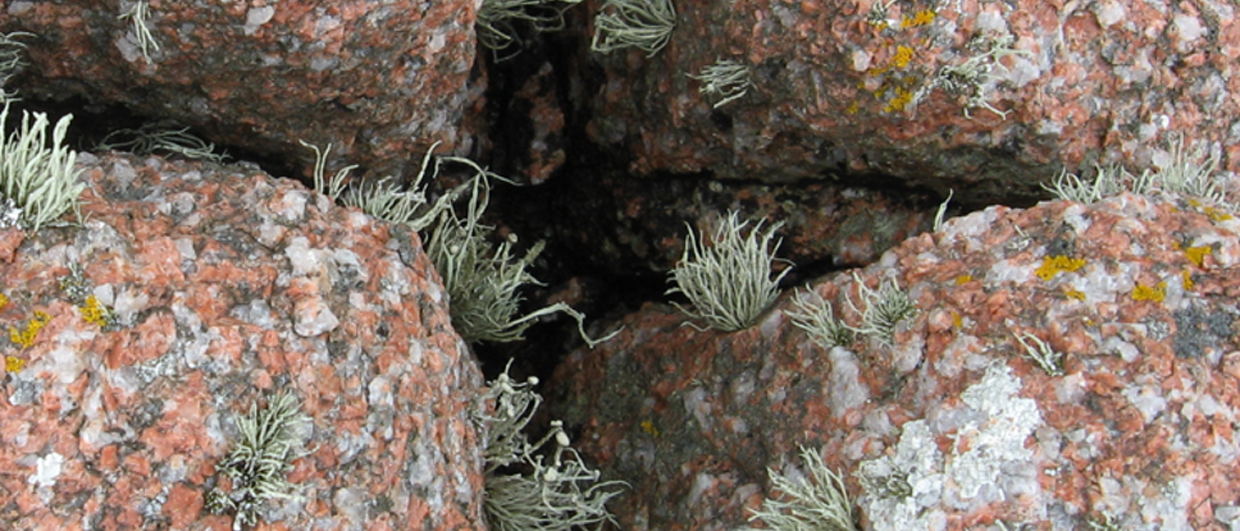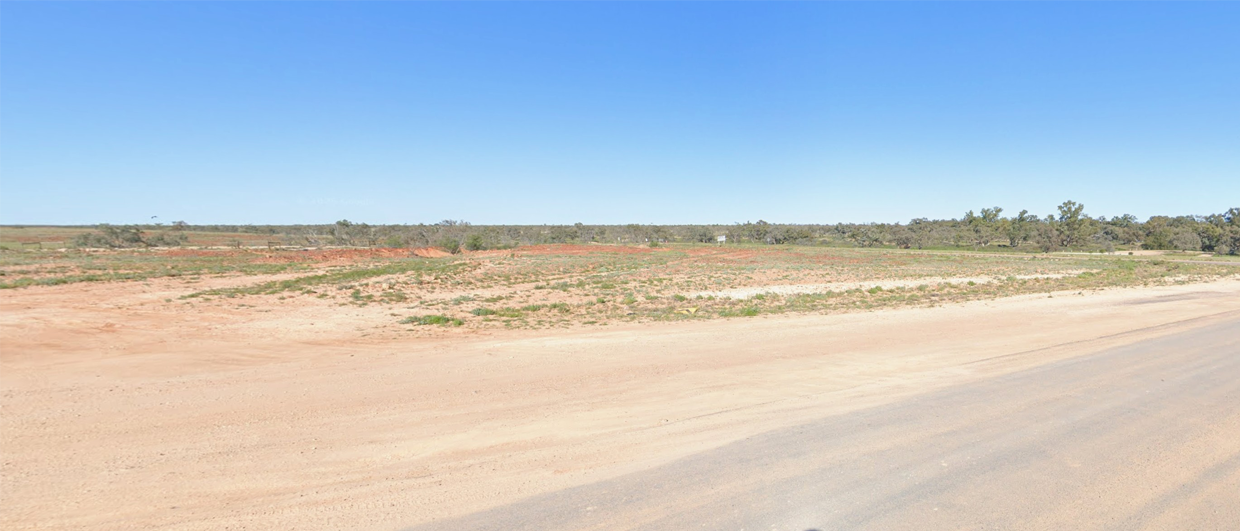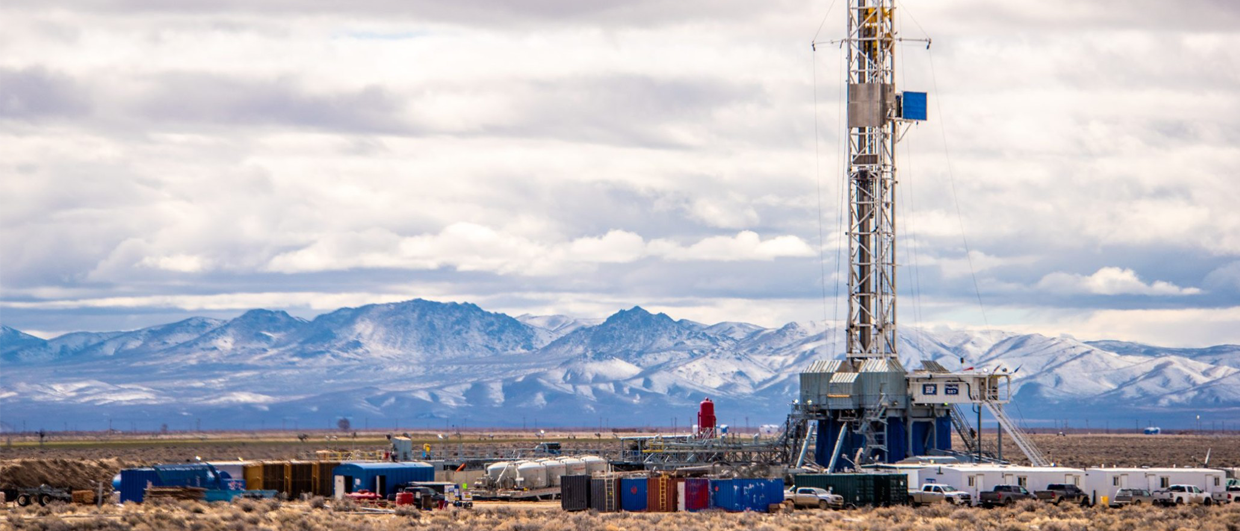“Claims of universal geographical scalability of Closed Loop Geothermal Systems (CLGS) in power generation at competitive prices are not supported by simulation results,” is what the authors conclude in a recent publication in Communications Engineering, a Nature portfolio journal.
That’s not a very promising assessment, which is based on modelling work performed by the authors. They claim that a rapid temperature drop during the initial days and months of production in the laterals of CLGS systems quickly leads to a deterioration of project economics, even when a high number of laterals was drilled.
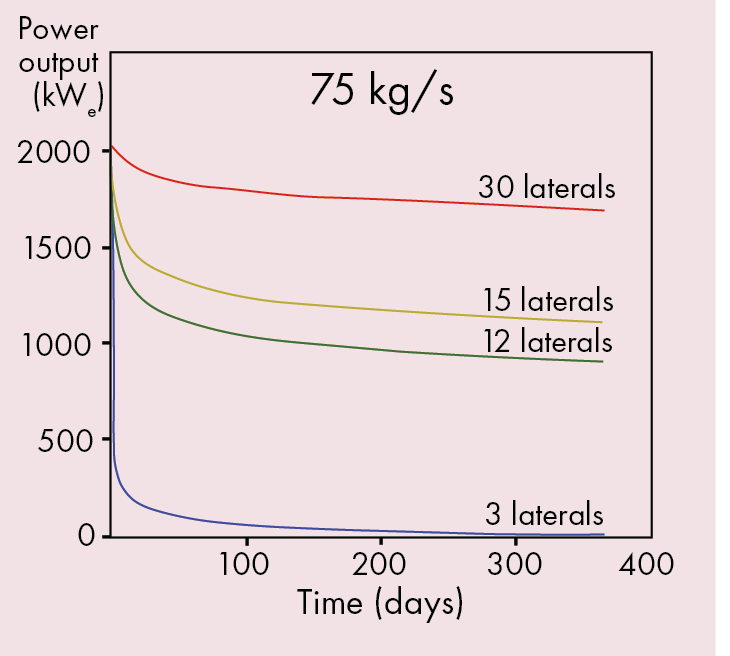
For a reservoir temperature of 180° C, the authors expect that the total revenue of these systems fails to recover the lifetime costs incurred, even with 30 multilaterals and a production rate of 75 kg/s. “This makes that CLGS’s are not scalable for solely electricity generation,” they conclude.
That is quite an outcome, even when it may not come as too much of a surprise given that other experts have reached similar conclusions.
The project that immediately comes to mind in this regard is Eavor’s Geretsried project in Germany, which is the first attempt globally to realise a commercial-scale deep subsurface closed-loop geothermal system.
Are the conclusions presented by the authors of the paper in direct conflict with the economics that Eavor will have generated to justify the project? We don’t know, given that the Canadian company has not been open about its finances despite a high level of government subsidies. However, we do know that the company is not only relying on electricity generation. It also aims to supply direct heat to the village of Geretsried, which will improve the project economics.
On the other hand, the number of laterals Eavor is planning per injection-production pair is “only” 12, which is much lower than the maximum of 30 the researchers modelled. The more laterals, the less the energy loss. At 12 laterals, the researchers estimate a 30° C temperature drop in the reservoir directly surrounding the laterals within a year.
Whilst it is unlikely that the Eavor engineers are unaware of the effects modelled by the researchers, it will put even more of a strain on project economics, as well as the claim that these loops can be drilled everywhere given that a local direct heat solution may be needed to improve the business case.
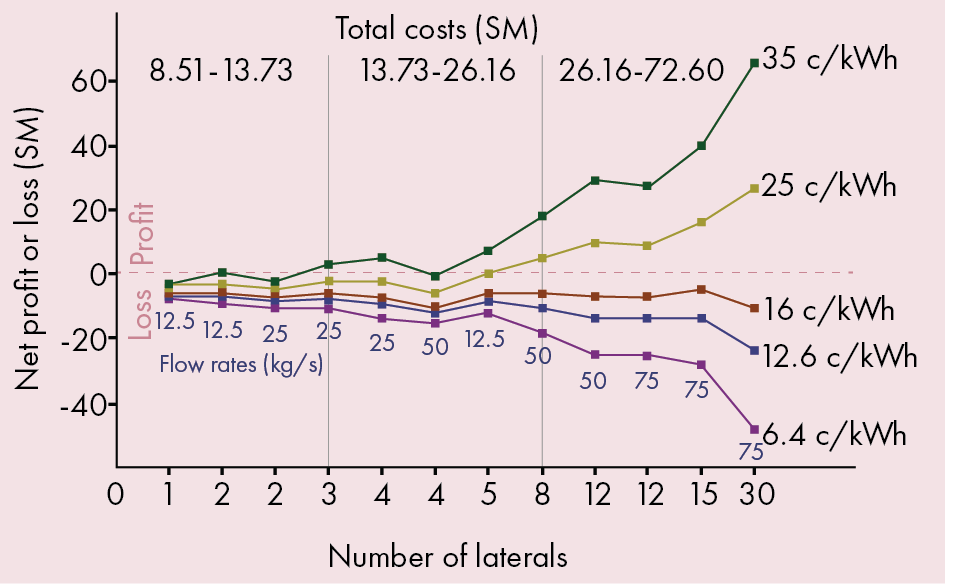
GRANITE OR LIMESTONE?
The authors of the paper have run their models using granite as the bedrock in which the geothermal loops were drilled, possibly with the idea in mind that Eavor also reports drilling their wells into granite. But is that true? When speaking to some people on the matter, it turns out that Eavor is drilling their wells in the Upper Jurassic limestones instead. Looking at this paper reporting on a previously drilled well near Geretsried, the lithology at the depth of the Eavor loops is an Upper Jurassic limestone indeed. Why would Eavor claim on their website that they are drilling in granite when this is obviously not the case?

